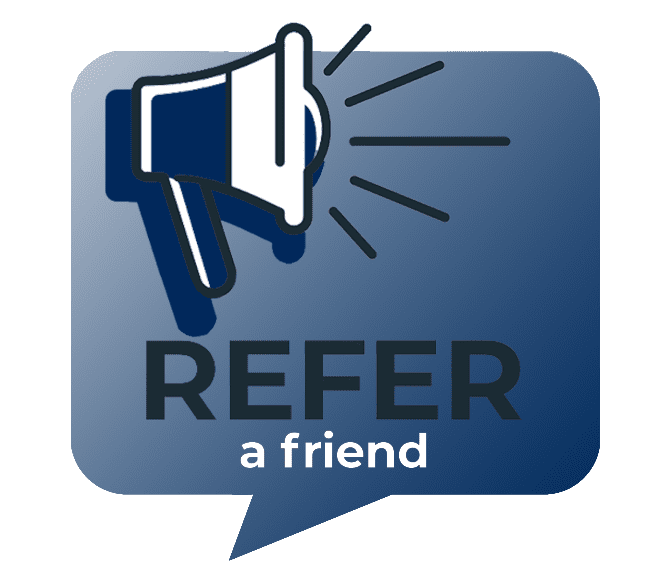We can all agree that safety is a huge concern in the construction industry. Out of every 5,000 private-industry worker fatalities, 20% are in construction. Contractors and subs alike are constantly looking for ways to improve their safety protocols to be more time efficient, cost effective and proactive in keeping everyone safe and healthy.
Sure, smart phones and Wi-Fi have helped. But to really address OSHA’s Fatal Four Hazards (falls, struck-by, electrocution and caught-in/between), it appears that we need to dive even deeper than just a phone or internet access. Here are some of the technology apparatuses you may see implemented, or even required, sooner than later:
WEARABLES: There are lots of companies out there developing wearable devices. Some are a small device that slips into a Velcro armband. Some consist of a safety vest and hard hat that integrates wearable computers, sensors, GPS and real-time locating systems. These can even have inflatable airbag collars should a worker fall. Some can detect and monitor vital signs or temperature. Others have a press and record button so voice messages can be recorded for the jobsite supervisor. We’ve seen some wearables that also detect a push or pull motion in excess of what is considered strenuous to prevent injury. It’s amazing what these devices can do, all the while being portable.
While to a worker, it may feel a bit like Big Brother, it does not invade their privacy by recording video, sound or personal information. And from an employer’s perspective, keeping an extra watchful eye on the jobsite altogether can help predict an accident before it occurs.
DRONES: Currently, drones are being used on jobsites for everything from site surveying and inspections to creating promotional or training videos to taking daily progress photos. Drones can also be used to quickly identify potential hazards each day. They can also be used to monitor workers throughout the day to ensure everyone is working safely and wearing the proper PPE.
TELEMATICS: Telematics refers to technology such as front facing cameras, sensors, GPS, and vehicle engine diagnostics. These devices can effectively monitor driving behaviors such as location, hard braking, rapid acceleration, speeding and hard cornering. Identifying these habits is an important element of commercial auto insurance, especially given the increasing rates lately.
The results of these telematics can help determine the risk, along with appropriate pricing and proactive loss control. Some of the technology can even alert the driver itself in real-time of any unacceptable driving behaviors to prevent an accident or injury. Devices like these can be used on commercial autos or even heavy equipment on site.
SITE SENSORS: Some companies have developed site sensors that can be deployed across a construction site to monitor things like temperature, noise levels, dust particulates and volatile organic compounds to help limit exposure to workers.
The sensors are mounted throughout the site to alert workers immediately when they are at risk from permissible exposure levels being reached. Data from the sensors are collected and can be analyzed to mitigate exposure levels and keep workers safe and stay compliant with OSHA regulations.
What technology tools have you implemented on your job sites to ensure your workers are protected and keeping safety a top priority? You probably devoted a lot of time and energy in to finding good help so it’s worth the investment in technology to keep them around and well.



